Burson Audio Conductor 3 Reference Review:
Over the past few years I've been afflicted with the op amp rolling bug. Similar to tube rolling, you can alter the sound of an amplifier by changing its op amps. The pursuit of the best sound (for me) led me to try 44 different op amps in the XDuoo XD-05+ portable amplifier until I found "the one". The winner in that setup was the Burson V6 Vivid, as it had the most engaging, detailed, and realistic sound of all the op amps I tried. After hearing how good the V6 Vivid was I started looking at higher end Burson amplifiers to see how far they could push that V6 sound. This led me to the Burson Conductor 3 Reference (C3R) which includes 4 V6 Vivid op amps inside.
The Conductor 3 Reference is Burson's flagship all in one DAC, Headphone amp, and preamp. There's two variants, the single ended Conductor 3 Reference (C3R) and the balanced 3X Reference. For my purposes I chose the single ended version as I wanted to use all of my headphones to their max potential (including those that are SE only). I also like the practicality of using one high end headphone cable across all sources instead of having to swap cables every time I want to use a different device. Now that I've spent a lot of time with the C3R, below is my review. Specs and is well documented in other reviews, so as usual I'll just be focusing on features, usability, & sound.


A quick note about my sound preferences so you know what I'm looking for in a headphone amp. My ideal sound is one that is completely clear but never bright, maximum sound stage, most detail possible, most separation possible, hard hitting textured sub bass, natural sounding instruments, and natural impact on every note. No soft or laid back listening here. I want everything to sound natural and engaging with maximum spatial cues all around.
Unique or Special Features:
Most amplifiers have similar inputs, specs, and features. So instead of listing out all the C3R can do, I'm only going to focus on what is different or mostly unique. After all, there's a lot of amplifier choices out there, so what matters most will be what an amplifier does different from the rest:
7.5W of single ended output power at 16 Ohm (5W at 32 Ohm). Most amplifiers only output large amounts of power in balanced mode, so it's a bit rare to see this amount of power in a single ended setup. With this much power you know for sure your headphones are going to be driven to their max potential.
Remote Control: Yes, a lot of amplifiers do have remote functionality, but a surprising amount of amplifiers do not. This is absolutely critical if you are planning on using a headphone amplifier in a home theatre setup.
Swappable op amps to fine tune the sound to your liking. I can't stress how big this is, as it changes the potential of the amplifier quite a bit. When buying a high end solid state amplifier you research as much as possible, reading reviews to get an idea of how it will sound. You make the purchase, burn the amplifier in, then find that the sound is close but not quite what you had hoped for. You've then got the dilemma of whether to send it back and try a different amp, or hopefully get used to the sound over time. An even worse scenario is if after enjoying the amplifier for a year or two you simply decide it's time for a different sound. Being able to change the op amps fixes all of these issues as you can alter the sound as your tastes change. As long as the base unit has a very good DAC implementation and enough clean power delivery, you can change the tone, sound stage, and overall presentation to fit your tastes at any given moment.
Microphone input: I personally don't have a use case for this feature, but I'm sure there are others out there that will benefit from this. Quite interesting to see in a high end product.
Two headphone outputs: This may sound odd, but this is wonderful for comparing headphones, cables, and also a perfect Y splitter for two individuals who want to watch a late night movie without disturbing others.

Usability:
The C3R is easy to use, but does have a few odd quirks here and there. No deal breakers, just the experience isn't as smooth as it could be in some spots. In the end it's easy to ignore any issues since they are minor and brief

Sound Impressions:
The sound of the C3R is heavily influenced by the installed op amps, so I'm going to be listing out the sound for each of the best op amp combinations that I've tried. Before getting to that I want to go over the general capabilities of the C3R, the baseline sound that is heard across all of the op amps. In short, the C3R offers hyper detail, layering, separation, stage, and really everything else you could ever want as an end game product. The DAC implementation is excellent, as the details you hear are beyond what is typically heard in this price range. The only criticism I can give here is that there is a faint audible background hiss with sensitive or moderately sensitive headphones when no sound is playing. This means that there will never be a completely true black background, but instead there's always a little hint of perceived warmth in the sound. Otherwise, the C3R is truly end game capable in all aspects. Any shortcomings or issues in one op amp setup is corrected with a different setup, so really the end sound is whatever you want it to be. All that said, let’s talk about different op amp combinations starting with the stock setup.
*Stock* V6 Vivid in both the LP and I/V stages:
The overall tone is warmer than neutral, definitely colored to noticeable degree. Added warmth will typically reduce detail, but in this case the detail isn't reduced at all. The micro detail is so good that when you hear someone play the flute you can hear the sound pressure being pushed into the flute as it's played. Every shift in tone of instrument is portrayed vividly with great dynamic range and impact. There's no flatness; when you hear an instrument play you can hear subtle dynamics that typically only exist in an actual live performance. There's zero compression, so every note is exactly as full and wide as it should be. General detail, layering, separation, dynamics, and timbre are all spectacular, reaching a point where I personally wouldn’t look for further improvements. The sound stage is top tier as well, with the borders disappearing as music is played. Notes just go wherever they are supposed to go, including full spatial effects of hearing noises behind and above you. The only area that isn't near perfection is a slight lack of sub bass texture. The stock configuration seems to emphasize mid bass over sub bass reducing the sub bass detail a bit in the process.
When the overall sound is 'correct', nothing really to fix, the next question is how is that sound presented? The V6 vivids have a fairly close presentation. Vocals are typically presented right in front of you. The sound stage seems as wide, deep, and tall as it should be, just you will just typically notice sounds being close to you unless if they are intended to be farther away in the recording. In my opinion this is the best type of presentation as it increases how engaging the sound is. When sounds are further away by default, you get an increased airyness but with a more laid back sound, closer to background music. It's easier to get into the music when the presentation is closer and more vivid.
In summary, the Stock C3R setup is an end game for someone who likes a warm sound signature, a close presentation, and an emphasis in dynamics on each note. I'm an individual who really likes a crystal clear sound, but even then I really like the stock sound. I was tempted to leave the C3R as-is without trying any other op amp configurations, but as always with this hobby the pursuit of 'perfect' pushed me to try a few different op amps. My end goal was to find the exact stock sound just with the warmth removed.
Sparkos SS3601 (Singles) and SS3602 (Duals):
Seeing that the Sparkos op amps are supposed to be clearer and brighter than the V6's, this was the first combination I tried. The main difference here is that the warmness of the V6 Vivids is completely removed to just a hint brighter than neutral, and all sounds are presented further away. This changes the presentation from a close immersive experience to more of a 'listening to music in front of you' experience. Another way of putting it is that the stock configuration is like listening to a band play in a small studio setup, whereas the Sparkos setup is like listening to a band play in a large concert hall. Both setups have the sounds in the correct placement, with correct separation between them, just they are presented almost with different acoustics. One other smaller difference is that the V6 Vivids have a little more impact on every note, and the Sparkos clear up any issues with the V6 Vivid bass. Otherwise the general sound (details, separation, etc..) is comparable and with that is excellent. Personally I like the clearer sound of this configuration with the increased sub bass texture, but I miss the close presentation and note impact of the V6 Vivids. This is end game perfection for someone who wants their amplifier to put out a bright clear sound where the presentation is pushed out a little bit. This would be perfect to pair with headphones that are a bit warmer than neutral that also have a close presentation.
Burson V6 Classic (Singles) and V6 Vivids (Duals):
This adds a little more warmth to the stock configuration, pulls the sound even closer to you (you are now IN the sound), adds more micro detail to each note, and fixes all bass issues compared to stock. In terms of hearing individual instruments play this is my favorite combination. Each note becomes quite beautiful in the way it's presented. Another way of putting this is that often in music you are waiting for that chorus line, or a specific series of notes to make you really enjoy the music. With this setup every basic note becomes that immersive and enjoyable experience. What you lose in this setup is some stage depth, especially behind you, and a little separation due to the warmth. The sound is a little more two dimensional versus the stock setup. I'd say this is end game perfection for someone who wants a warm rich presentation where the priority is on instrument reproduction.
Burson V6 Vivid (Singles) and Sparkos SS3602 (Duals):
The strengths of the V6 Vivid mixed with the strengths of the Sparkos, but with emphasis on the Sparkos presentation. Presentation is pushed out a bit, tone goes to neutral if not just the slightest hint brighter than neutral. The sound is clear, and the details just swirl around you as a full 3D experience on headphones that are capable of it. End game for someone who wants a clear sound, maximum perceived detail, maximum spatial cues, and likes their presentation to be pushed out a bit.
Burson V6 Classic (Singles) and Sparkos SS3602 (Duals):
Presentation is very close (again, you are IN the sound thanks to the V6 classics), tone is warm, bass is fully textured, and instrument reproduction goes to the next level. Only problem is that the weakness of the V6 classics is still present. There's a lack of depth in the sound stage, and the warmth isn't quite ideal if you are looking for a clear presentation. End game sound for someone looking for a warm experience focusing on instrument reproduction, but where they want a little bit of warmth removed from the V6 Vivid + V6 Classic setup.
Sparkos SS3601 (Singles) and Burson V6 Vivid (Duals)
Again the strengths of the V6 Vivid mixed with the strengths of the Sparkos, but this time with an emphasis on V6 Vivid presentation. Tone is absolutely neutral and clear without being bright or harsh. Notes are placed fairly close to you, not as close as the full V6 Vivid setup, but close enough that the sound is still plenty engaging. Notes get the full warm texture of the V6 Vivids while being clear and precise from the Sparkos. Overall this is just about the best of all worlds to me. If I could further perfect this sound I would add the instrument reproduction of the V6 classic and pull the sound in just a bit more, but otherwise this sound is pretty close to ideal for my tastes. This is the op amp combination that I’m sticking with, and recommendation for someone who wants a sound that is clear, not bright, ultra-detailed, layered, with a fairly close presentation.

Sound Comparisons around the same price range (Stock C3R)
Questyle CMA Twelve:
The CMA Twelve is a fairly typical "AK" DAC sound presentation done very well. Compared to the C3R, the CMA Twelve pushes out the sound just a bit leading to more laid back listening experience. Detail and separation is close, with the C3R having a slight amount more. Sound stage is presented a little differently where the CMA Twelve is wide to the sides and pushed out in front like a half circle. The C3R stage limit just kind of disappears as the sounds go all around you, seeming to just go wherever they need to go. In terms of tone the CMA Twelve is flat neutral and very full sounding, whereas the C3R is on the warm side with a little less body to each note in low gain. Another difference is that the C3R doesn't feel limited in any way, whereas the CMA Twelve could use just a hint more power for demanding headphones. I wouldn't say that the either amp is technically better than another here, both are plenty capable offering differing flavors of an end game sound. All AK449X DAC's I've tried all have the same general sound, and the CMA Twelve is more of the same in that regard. So if your ideal sound is that AK house sound, then the CMA Twelve could be that ideal amplifier for you. Otherwise the C3R offers more detail, more power, a different presentation, and the ability to fine tune the sound to your tastes.
Cyrus One HD:
Tone wise both are surprisingly similar with the Cyrus being less clear compared to the C3R. The presentation on the Cyrus is pushed a little forward and up on the Cyrus which leads to a more diffused and less impactful sound. The sounds being pushed out also leads to the impression of a sound stage that is less wide on the Cyrus, as lateral sounds are pushed a bit forward instead of to the sides. Details are clearly better on the Burson, whereas the bass is moderately better textured and impactful on the Cyrus. Presentations aside, the C3R feels like a clear step up from the Cyrus One HD, which says a lot as the Cyrus One HD is a wonderful listening experience as-is.
Closing Notes:
The Conductor 3 Reference has several unique things going for it, whether it’s the immense single ended output power, two headphone ports, or swappable op amps. The stock sound is warm, detailed, and has an engaging close presentation. The sound is excellent as-is, but if you decide to change the op amps then there are plenty of different end game flavors that you can try until you find your ideal sound. With this headphone amp I am retiring from the never ending upgrade-itis, as I’m finally at a sound where my mind can relax and enjoy the music instead of nitpicking that something isn't quite right. With the C3R I don’t feel the need to find something ‘better’, or improve any aspect to make the sound complete. The Conductor 3 Reference is my recommendation as an end game solid state headphone amp.
Over the past few years I've been afflicted with the op amp rolling bug. Similar to tube rolling, you can alter the sound of an amplifier by changing its op amps. The pursuit of the best sound (for me) led me to try 44 different op amps in the XDuoo XD-05+ portable amplifier until I found "the one". The winner in that setup was the Burson V6 Vivid, as it had the most engaging, detailed, and realistic sound of all the op amps I tried. After hearing how good the V6 Vivid was I started looking at higher end Burson amplifiers to see how far they could push that V6 sound. This led me to the Burson Conductor 3 Reference (C3R) which includes 4 V6 Vivid op amps inside.
The Conductor 3 Reference is Burson's flagship all in one DAC, Headphone amp, and preamp. There's two variants, the single ended Conductor 3 Reference (C3R) and the balanced 3X Reference. For my purposes I chose the single ended version as I wanted to use all of my headphones to their max potential (including those that are SE only). I also like the practicality of using one high end headphone cable across all sources instead of having to swap cables every time I want to use a different device. Now that I've spent a lot of time with the C3R, below is my review. Specs and is well documented in other reviews, so as usual I'll just be focusing on features, usability, & sound.


A quick note about my sound preferences so you know what I'm looking for in a headphone amp. My ideal sound is one that is completely clear but never bright, maximum sound stage, most detail possible, most separation possible, hard hitting textured sub bass, natural sounding instruments, and natural impact on every note. No soft or laid back listening here. I want everything to sound natural and engaging with maximum spatial cues all around.
Unique or Special Features:
Most amplifiers have similar inputs, specs, and features. So instead of listing out all the C3R can do, I'm only going to focus on what is different or mostly unique. After all, there's a lot of amplifier choices out there, so what matters most will be what an amplifier does different from the rest:
7.5W of single ended output power at 16 Ohm (5W at 32 Ohm). Most amplifiers only output large amounts of power in balanced mode, so it's a bit rare to see this amount of power in a single ended setup. With this much power you know for sure your headphones are going to be driven to their max potential.
Remote Control: Yes, a lot of amplifiers do have remote functionality, but a surprising amount of amplifiers do not. This is absolutely critical if you are planning on using a headphone amplifier in a home theatre setup.
Swappable op amps to fine tune the sound to your liking. I can't stress how big this is, as it changes the potential of the amplifier quite a bit. When buying a high end solid state amplifier you research as much as possible, reading reviews to get an idea of how it will sound. You make the purchase, burn the amplifier in, then find that the sound is close but not quite what you had hoped for. You've then got the dilemma of whether to send it back and try a different amp, or hopefully get used to the sound over time. An even worse scenario is if after enjoying the amplifier for a year or two you simply decide it's time for a different sound. Being able to change the op amps fixes all of these issues as you can alter the sound as your tastes change. As long as the base unit has a very good DAC implementation and enough clean power delivery, you can change the tone, sound stage, and overall presentation to fit your tastes at any given moment.
Microphone input: I personally don't have a use case for this feature, but I'm sure there are others out there that will benefit from this. Quite interesting to see in a high end product.
Two headphone outputs: This may sound odd, but this is wonderful for comparing headphones, cables, and also a perfect Y splitter for two individuals who want to watch a late night movie without disturbing others.

Usability:
The C3R is easy to use, but does have a few odd quirks here and there. No deal breakers, just the experience isn't as smooth as it could be in some spots. In the end it's easy to ignore any issues since they are minor and brief
- Digital Volume: The volume is digital, and the volume steps are very small. It's very easy to get to your exact desired listening level.
- Numerical OLED Display: The volume is displayed numerically, and is saved when you turn off the unit. Thanks to this it's easy to get right back to your exact desired listening level. At all times the display will show you the volume, input, output, and bitrate. The system does not let you turn off the screen, but you can set it to low brightness. Low brightness is just right for me in both light and dark environments. The display is clear and easy to read from a distance.
- Smooth Scrolling Overly Sensitive Volume Knob: The volume knob is a bit too sensitive in the way it registers changes. Not that it changes the volume too fast, just that the slightest of movement will register as volume up or down. It's so sensitive that as you are turning the volume up the system will occasionally register the stopping movement as turning the volume down. So you will be turning the volume up and occasionally see it go down by one step in the process. Since the volume doesn't change too rapidly this isn't a big deal, just not ideal. The knob feels good, turns smooth, and is not too finicky with the sensitivity issue. Overall it's easy to fine tune your volume.
- Front Buttons: The buttons under the front display are input, output, settings, and display orientation. Gain is hidden in the settings menu. In my opinion the orientation button would have been better as a gain instead. To change gain you click on the settings button, press in on the wheel to select gain (luckily it's the first option), spin the wheel, and click the wheel in again. Not bad, but having gain as a button with an automatic decrease to zero volume on button press would be ideal.
- Remote Functionality: The remote case is solid metal and fairly small. It's just a bit bigger than your index finger (yes, we are all different but it gives you an approximation). It looks and feels fairly high end, but in actual use it is a bit unrefined. The remote buttons are a bit wobbly, click hard, and have a tendency to occasionally get stuck on the remote casing. It works though, no complaints with the effectiveness of it. The C3R responds swiftly and easily to any remote commands as you would expect in an IR remote (line of sight required). I used the stock remote to teach another universal remote the commands, and with that setup I have absolutely zero complaints. As for what the remote can do, it allows you to cycle the input, volume up, volume down, and mute. You cannot turn the unit on or off via the remote control, which isn't a big issue as you will likely be inserting or removing your headphones at the start and end anyways. In my experience most other amps with remotes don't seem to allow on/off either, so the remote setup here is fairly typical. Still, in a perfect world I'd like to control more via the remote (On/Off, gain, and specific inputs instead of an input cycle). Overall the basics are covered and they work well. I do love this as a feature as it can make or break some system setups.

- Low Gain: Low gain is great for everything. My sensitive headphones (115db per 1mW @ 32 ohms) reach my desired listening level (about 75dB) at volume 10 of 99. Moderately sensitive headphones (94dB per 1mW @ 32 ohms) are perfect at about 20/99. Demanding headphones such as the Hifiman Arya reach a good sound level around 60-80 depending on the source. Compared to high gain, low gain offers maximum detail and separation but at the trade-off of having the presentation sound leaner. For my sound preferences I prefer low gain.
- High Gain: High gain is a drastic change. The system doesn't reduce the volume level to zero when you change the gain, so if you go from low to high you will really want to turn the volume down to protect your headphones and hearing. High gain without an attenuator can really only be used by demanding headphones. On my moderately sensitive headphones volume level 0 is completely muted, and volume 1 is 80+ decibels loud. On the Hifiman Arya's a comfortable listening level is achieved at about 20-30. There's a lot of room left to spare on high gain; the C3R truly has a massive amount of power. For those that want to use high gain on their sensitive headphones, you can use an attenuator like the ifi ear buddy. When I tested my moderately sensitive headphones with the ifi ear buddy I reached a comfortable listening level at about volume 30. Compared to low gain, high gain trades out some detail and separation in favor of a much richer fuller bodied sound.
Sound Impressions:
The sound of the C3R is heavily influenced by the installed op amps, so I'm going to be listing out the sound for each of the best op amp combinations that I've tried. Before getting to that I want to go over the general capabilities of the C3R, the baseline sound that is heard across all of the op amps. In short, the C3R offers hyper detail, layering, separation, stage, and really everything else you could ever want as an end game product. The DAC implementation is excellent, as the details you hear are beyond what is typically heard in this price range. The only criticism I can give here is that there is a faint audible background hiss with sensitive or moderately sensitive headphones when no sound is playing. This means that there will never be a completely true black background, but instead there's always a little hint of perceived warmth in the sound. Otherwise, the C3R is truly end game capable in all aspects. Any shortcomings or issues in one op amp setup is corrected with a different setup, so really the end sound is whatever you want it to be. All that said, let’s talk about different op amp combinations starting with the stock setup.
*Stock* V6 Vivid in both the LP and I/V stages:
The overall tone is warmer than neutral, definitely colored to noticeable degree. Added warmth will typically reduce detail, but in this case the detail isn't reduced at all. The micro detail is so good that when you hear someone play the flute you can hear the sound pressure being pushed into the flute as it's played. Every shift in tone of instrument is portrayed vividly with great dynamic range and impact. There's no flatness; when you hear an instrument play you can hear subtle dynamics that typically only exist in an actual live performance. There's zero compression, so every note is exactly as full and wide as it should be. General detail, layering, separation, dynamics, and timbre are all spectacular, reaching a point where I personally wouldn’t look for further improvements. The sound stage is top tier as well, with the borders disappearing as music is played. Notes just go wherever they are supposed to go, including full spatial effects of hearing noises behind and above you. The only area that isn't near perfection is a slight lack of sub bass texture. The stock configuration seems to emphasize mid bass over sub bass reducing the sub bass detail a bit in the process.
When the overall sound is 'correct', nothing really to fix, the next question is how is that sound presented? The V6 vivids have a fairly close presentation. Vocals are typically presented right in front of you. The sound stage seems as wide, deep, and tall as it should be, just you will just typically notice sounds being close to you unless if they are intended to be farther away in the recording. In my opinion this is the best type of presentation as it increases how engaging the sound is. When sounds are further away by default, you get an increased airyness but with a more laid back sound, closer to background music. It's easier to get into the music when the presentation is closer and more vivid.
In summary, the Stock C3R setup is an end game for someone who likes a warm sound signature, a close presentation, and an emphasis in dynamics on each note. I'm an individual who really likes a crystal clear sound, but even then I really like the stock sound. I was tempted to leave the C3R as-is without trying any other op amp configurations, but as always with this hobby the pursuit of 'perfect' pushed me to try a few different op amps. My end goal was to find the exact stock sound just with the warmth removed.
Sparkos SS3601 (Singles) and SS3602 (Duals):
Seeing that the Sparkos op amps are supposed to be clearer and brighter than the V6's, this was the first combination I tried. The main difference here is that the warmness of the V6 Vivids is completely removed to just a hint brighter than neutral, and all sounds are presented further away. This changes the presentation from a close immersive experience to more of a 'listening to music in front of you' experience. Another way of putting it is that the stock configuration is like listening to a band play in a small studio setup, whereas the Sparkos setup is like listening to a band play in a large concert hall. Both setups have the sounds in the correct placement, with correct separation between them, just they are presented almost with different acoustics. One other smaller difference is that the V6 Vivids have a little more impact on every note, and the Sparkos clear up any issues with the V6 Vivid bass. Otherwise the general sound (details, separation, etc..) is comparable and with that is excellent. Personally I like the clearer sound of this configuration with the increased sub bass texture, but I miss the close presentation and note impact of the V6 Vivids. This is end game perfection for someone who wants their amplifier to put out a bright clear sound where the presentation is pushed out a little bit. This would be perfect to pair with headphones that are a bit warmer than neutral that also have a close presentation.
Burson V6 Classic (Singles) and V6 Vivids (Duals):
This adds a little more warmth to the stock configuration, pulls the sound even closer to you (you are now IN the sound), adds more micro detail to each note, and fixes all bass issues compared to stock. In terms of hearing individual instruments play this is my favorite combination. Each note becomes quite beautiful in the way it's presented. Another way of putting this is that often in music you are waiting for that chorus line, or a specific series of notes to make you really enjoy the music. With this setup every basic note becomes that immersive and enjoyable experience. What you lose in this setup is some stage depth, especially behind you, and a little separation due to the warmth. The sound is a little more two dimensional versus the stock setup. I'd say this is end game perfection for someone who wants a warm rich presentation where the priority is on instrument reproduction.
Burson V6 Vivid (Singles) and Sparkos SS3602 (Duals):
The strengths of the V6 Vivid mixed with the strengths of the Sparkos, but with emphasis on the Sparkos presentation. Presentation is pushed out a bit, tone goes to neutral if not just the slightest hint brighter than neutral. The sound is clear, and the details just swirl around you as a full 3D experience on headphones that are capable of it. End game for someone who wants a clear sound, maximum perceived detail, maximum spatial cues, and likes their presentation to be pushed out a bit.
Burson V6 Classic (Singles) and Sparkos SS3602 (Duals):
Presentation is very close (again, you are IN the sound thanks to the V6 classics), tone is warm, bass is fully textured, and instrument reproduction goes to the next level. Only problem is that the weakness of the V6 classics is still present. There's a lack of depth in the sound stage, and the warmth isn't quite ideal if you are looking for a clear presentation. End game sound for someone looking for a warm experience focusing on instrument reproduction, but where they want a little bit of warmth removed from the V6 Vivid + V6 Classic setup.
Sparkos SS3601 (Singles) and Burson V6 Vivid (Duals)
Again the strengths of the V6 Vivid mixed with the strengths of the Sparkos, but this time with an emphasis on V6 Vivid presentation. Tone is absolutely neutral and clear without being bright or harsh. Notes are placed fairly close to you, not as close as the full V6 Vivid setup, but close enough that the sound is still plenty engaging. Notes get the full warm texture of the V6 Vivids while being clear and precise from the Sparkos. Overall this is just about the best of all worlds to me. If I could further perfect this sound I would add the instrument reproduction of the V6 classic and pull the sound in just a bit more, but otherwise this sound is pretty close to ideal for my tastes. This is the op amp combination that I’m sticking with, and recommendation for someone who wants a sound that is clear, not bright, ultra-detailed, layered, with a fairly close presentation.

Sound Comparisons around the same price range (Stock C3R)
Questyle CMA Twelve:
The CMA Twelve is a fairly typical "AK" DAC sound presentation done very well. Compared to the C3R, the CMA Twelve pushes out the sound just a bit leading to more laid back listening experience. Detail and separation is close, with the C3R having a slight amount more. Sound stage is presented a little differently where the CMA Twelve is wide to the sides and pushed out in front like a half circle. The C3R stage limit just kind of disappears as the sounds go all around you, seeming to just go wherever they need to go. In terms of tone the CMA Twelve is flat neutral and very full sounding, whereas the C3R is on the warm side with a little less body to each note in low gain. Another difference is that the C3R doesn't feel limited in any way, whereas the CMA Twelve could use just a hint more power for demanding headphones. I wouldn't say that the either amp is technically better than another here, both are plenty capable offering differing flavors of an end game sound. All AK449X DAC's I've tried all have the same general sound, and the CMA Twelve is more of the same in that regard. So if your ideal sound is that AK house sound, then the CMA Twelve could be that ideal amplifier for you. Otherwise the C3R offers more detail, more power, a different presentation, and the ability to fine tune the sound to your tastes.
Cyrus One HD:
Tone wise both are surprisingly similar with the Cyrus being less clear compared to the C3R. The presentation on the Cyrus is pushed a little forward and up on the Cyrus which leads to a more diffused and less impactful sound. The sounds being pushed out also leads to the impression of a sound stage that is less wide on the Cyrus, as lateral sounds are pushed a bit forward instead of to the sides. Details are clearly better on the Burson, whereas the bass is moderately better textured and impactful on the Cyrus. Presentations aside, the C3R feels like a clear step up from the Cyrus One HD, which says a lot as the Cyrus One HD is a wonderful listening experience as-is.
Closing Notes:
The Conductor 3 Reference has several unique things going for it, whether it’s the immense single ended output power, two headphone ports, or swappable op amps. The stock sound is warm, detailed, and has an engaging close presentation. The sound is excellent as-is, but if you decide to change the op amps then there are plenty of different end game flavors that you can try until you find your ideal sound. With this headphone amp I am retiring from the never ending upgrade-itis, as I’m finally at a sound where my mind can relax and enjoy the music instead of nitpicking that something isn't quite right. With the C3R I don’t feel the need to find something ‘better’, or improve any aspect to make the sound complete. The Conductor 3 Reference is my recommendation as an end game solid state headphone amp.











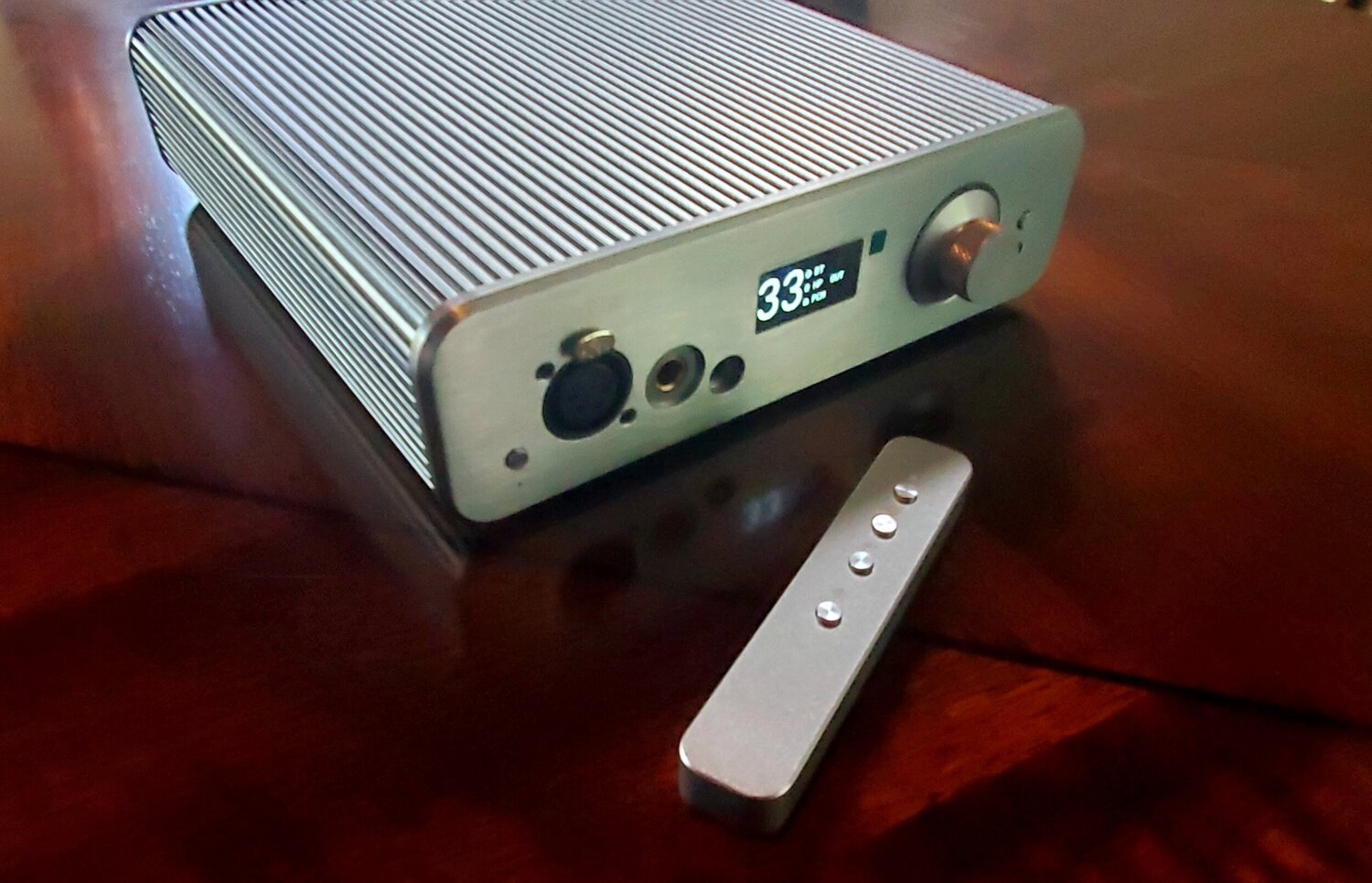

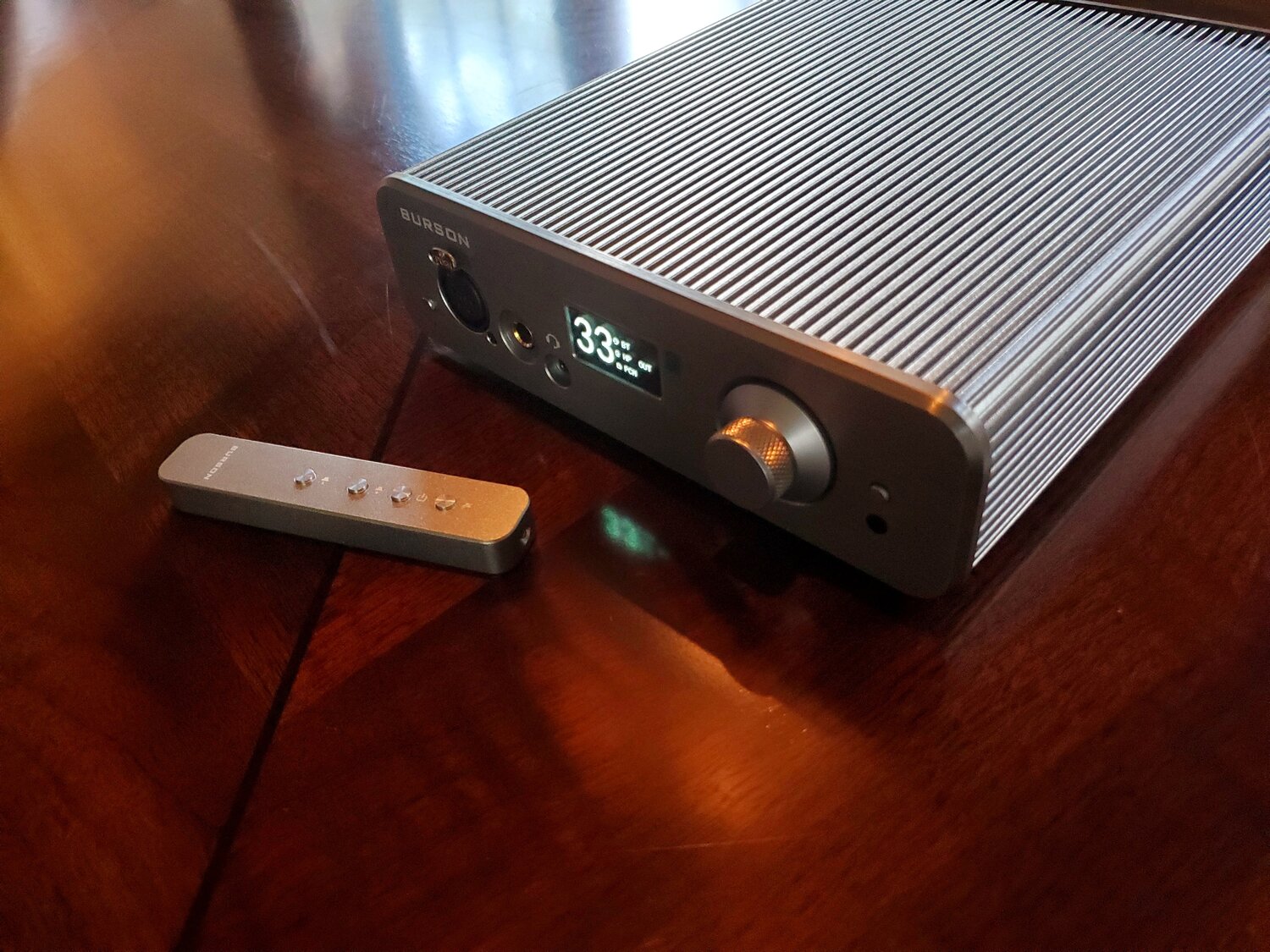





























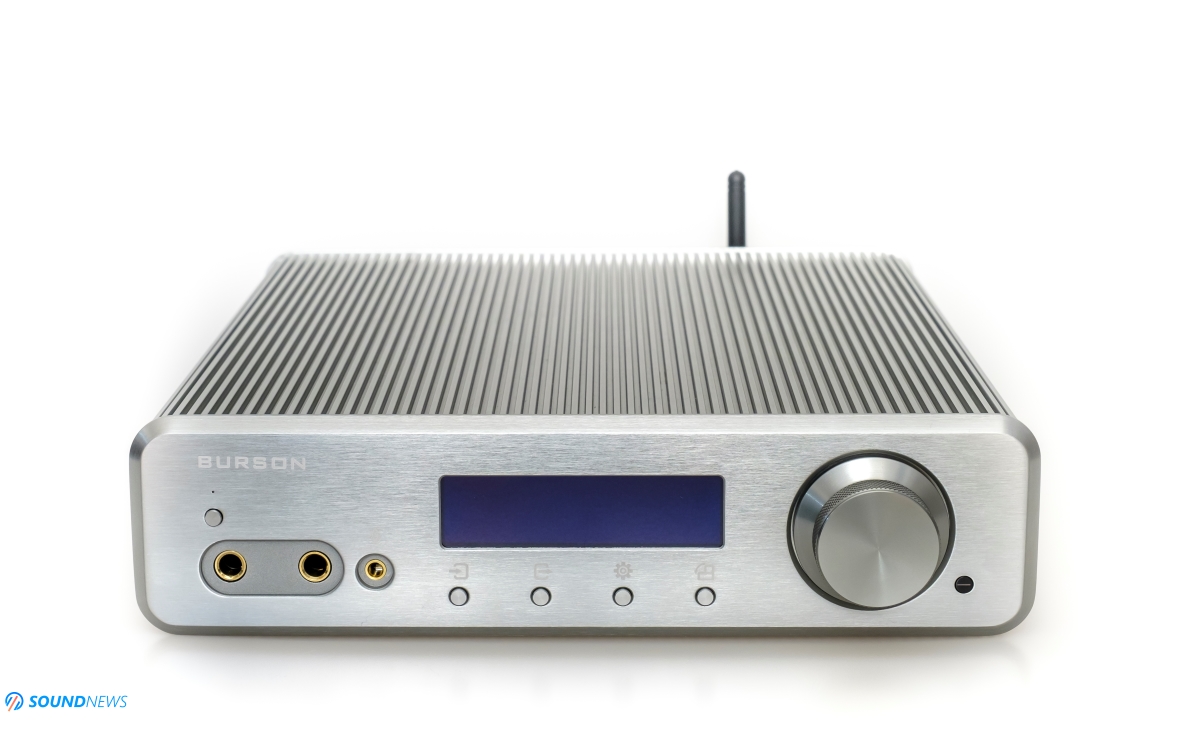
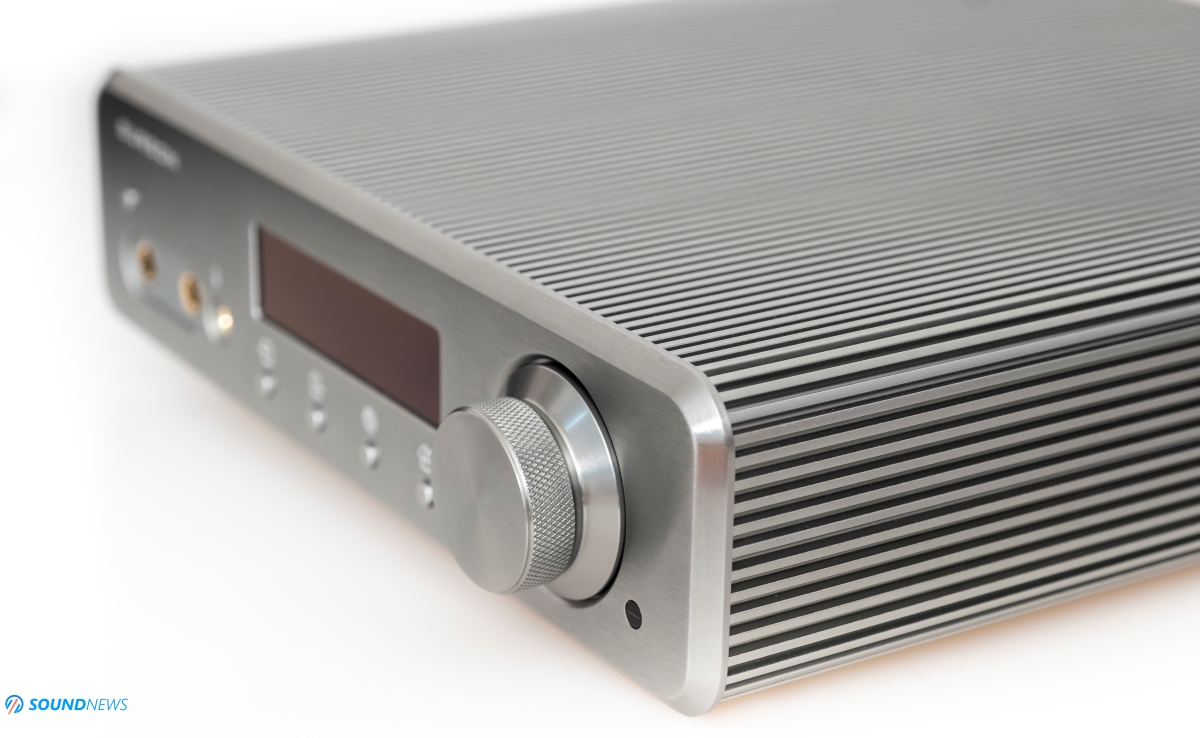

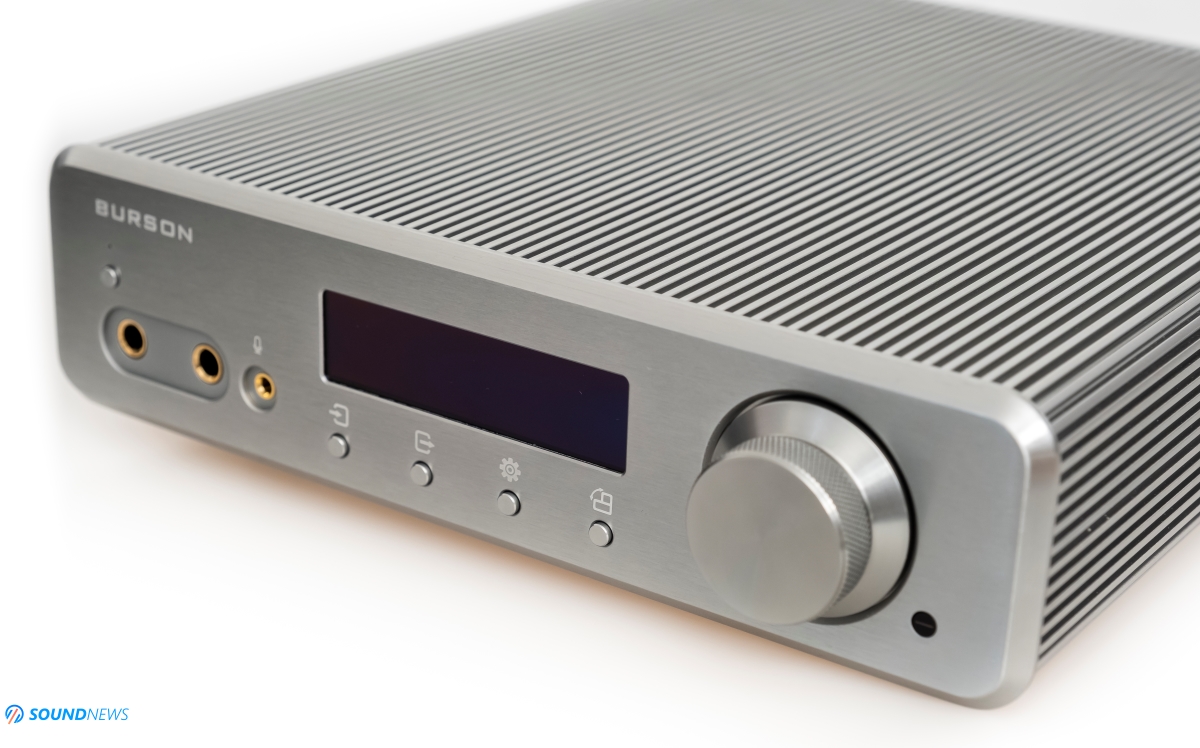
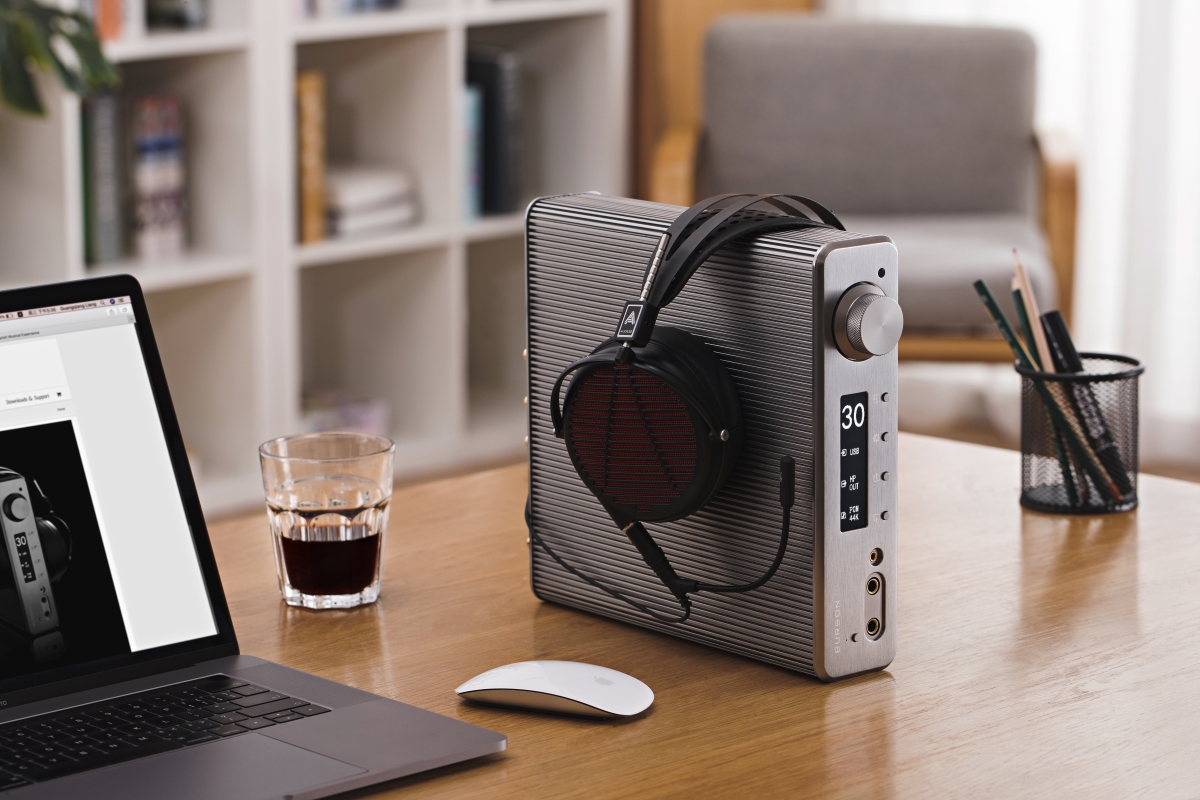
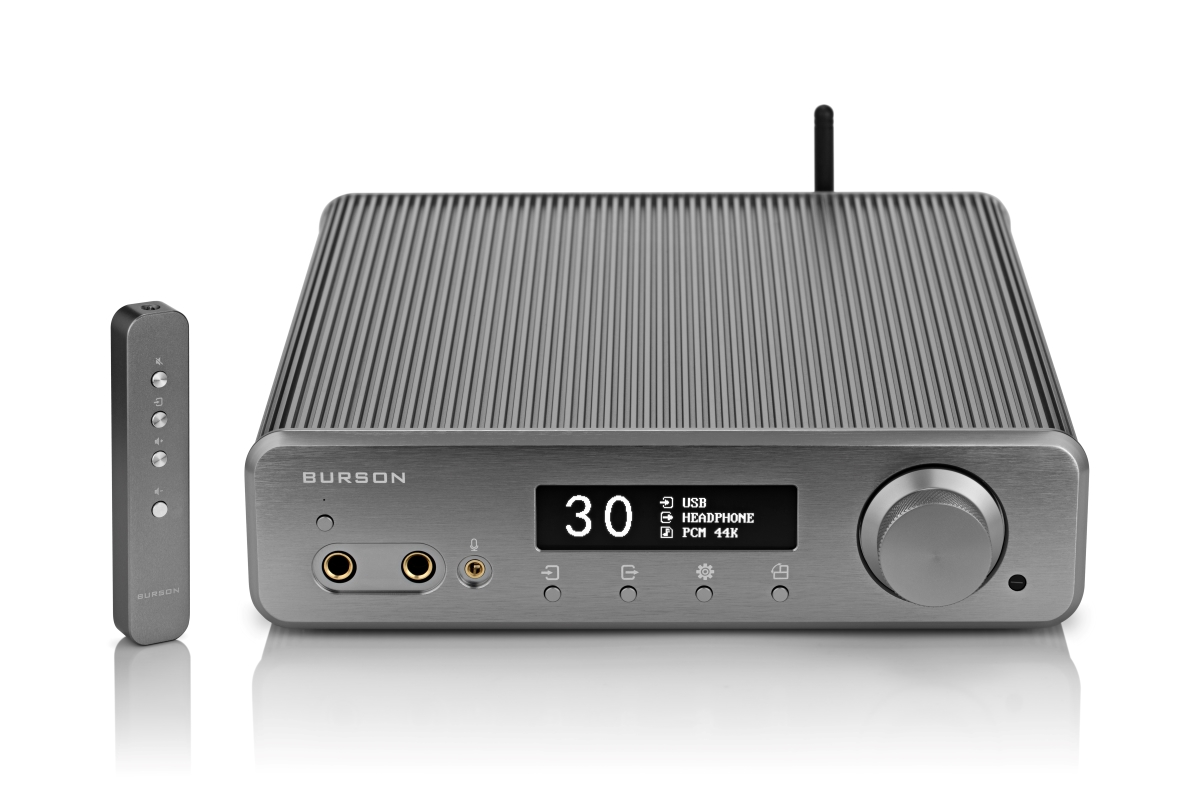
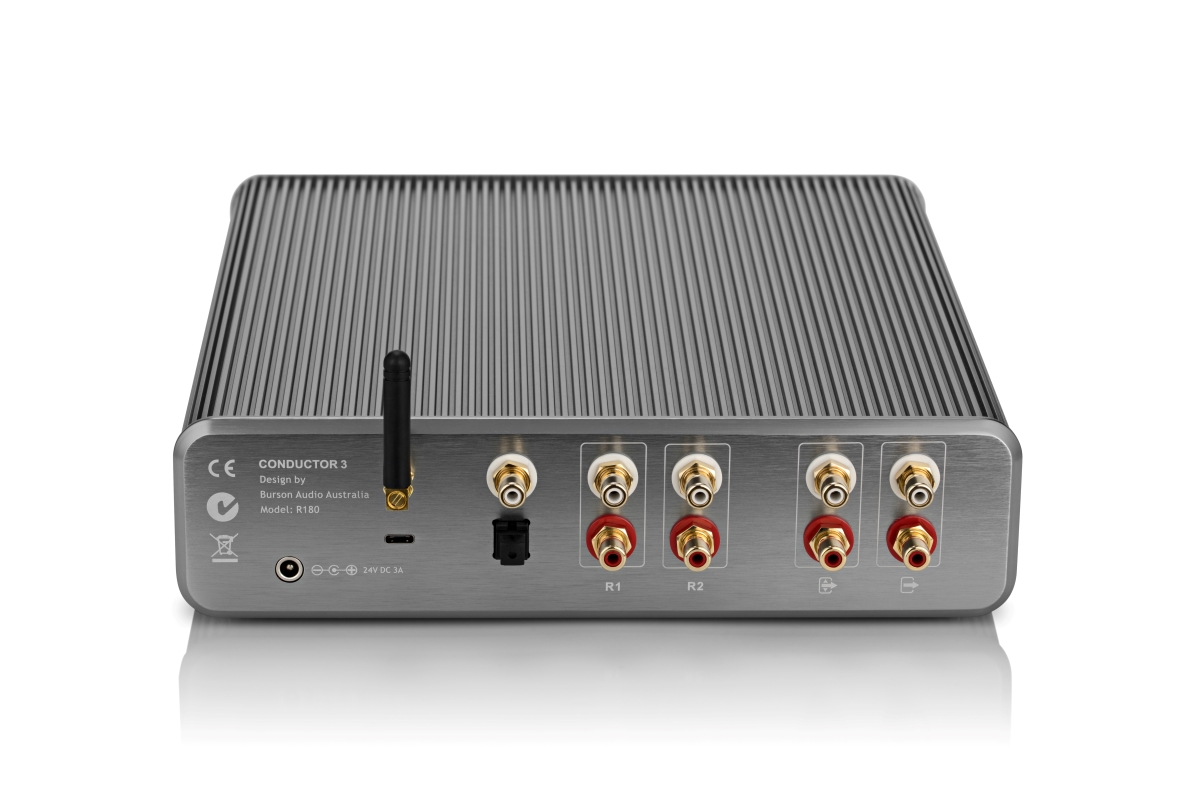
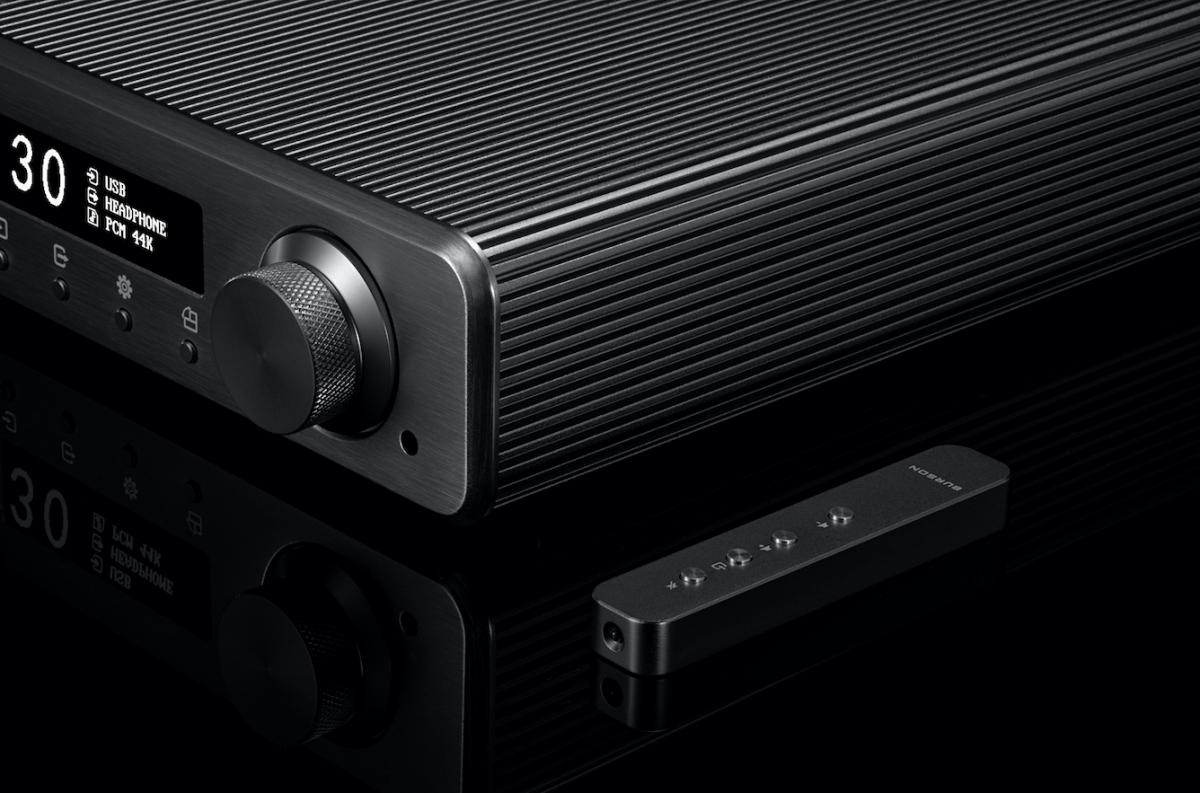

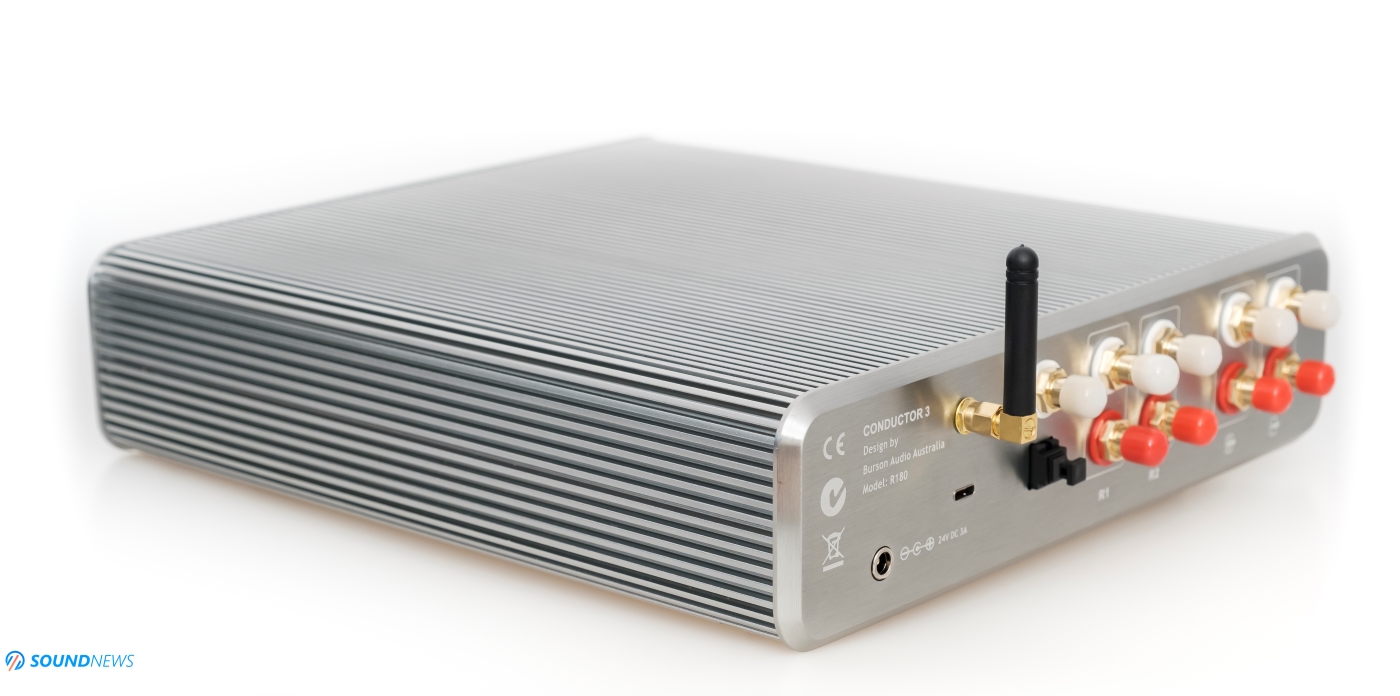

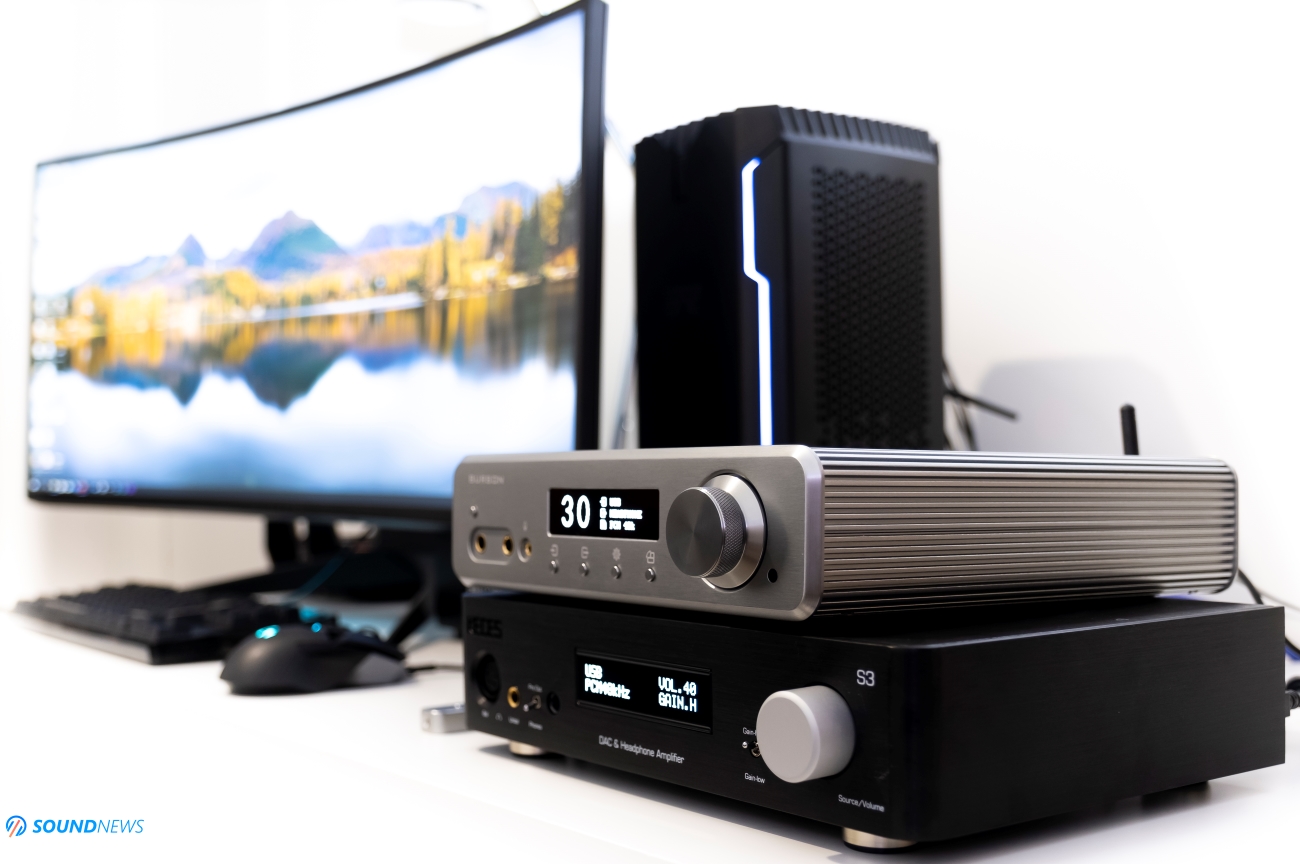
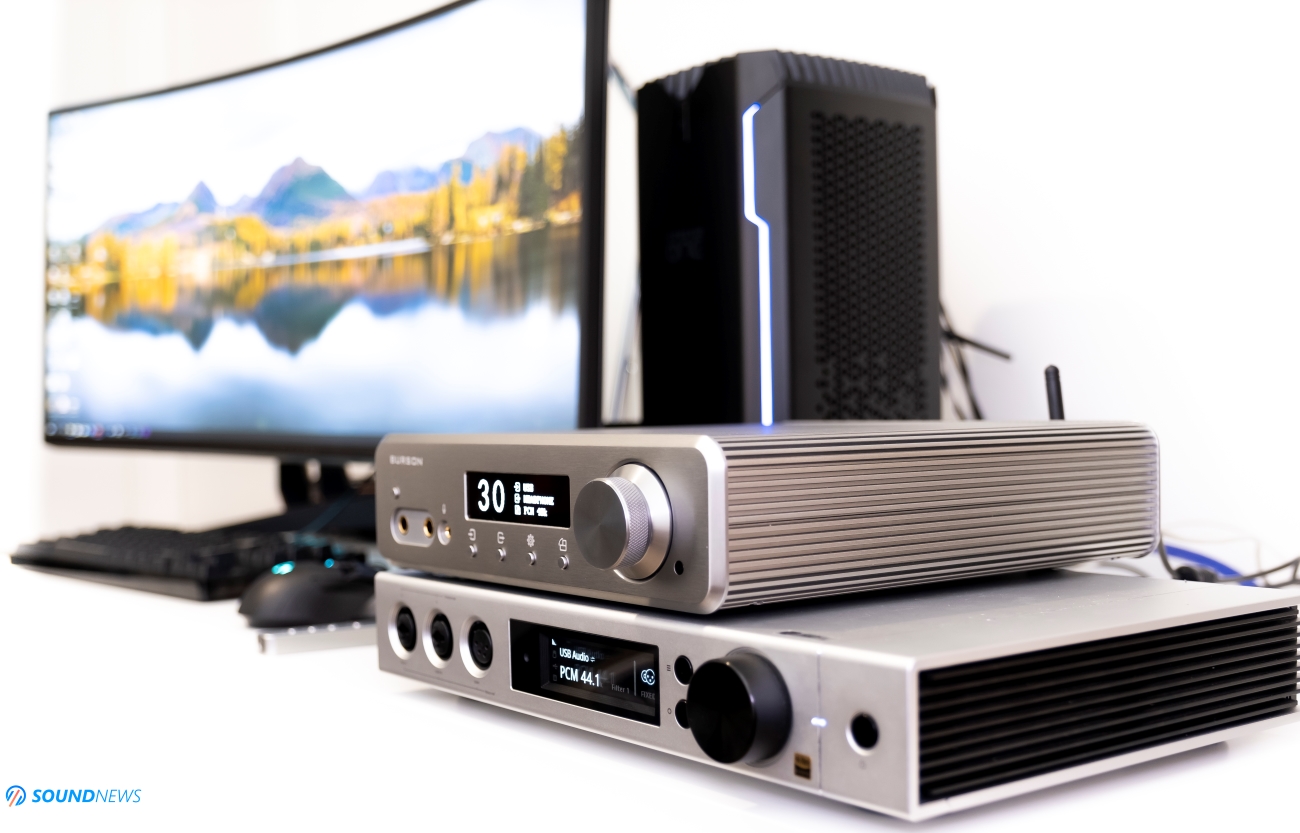
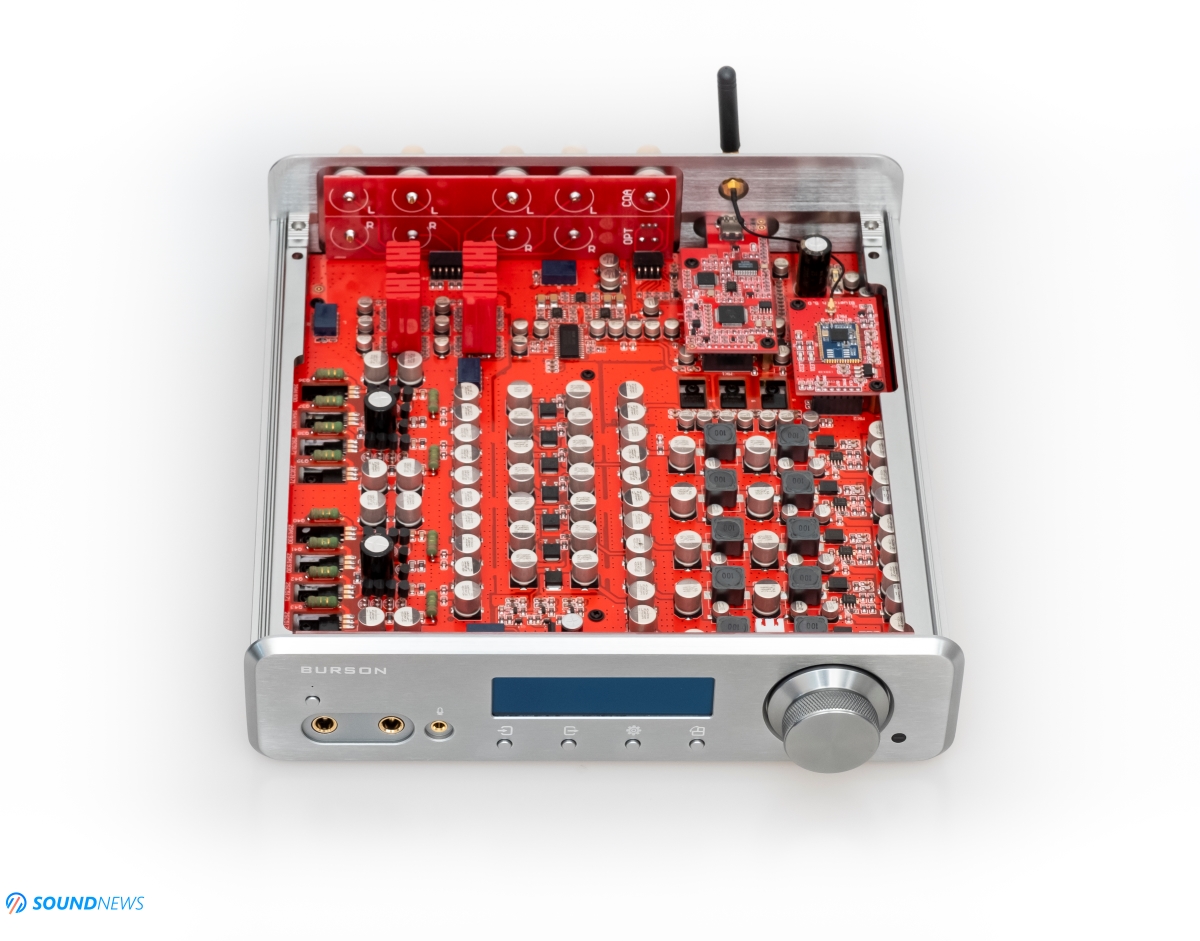


https://www.head-fi.org/threads/new...d-amp-preamp-changeable-opamps.912911/page-40